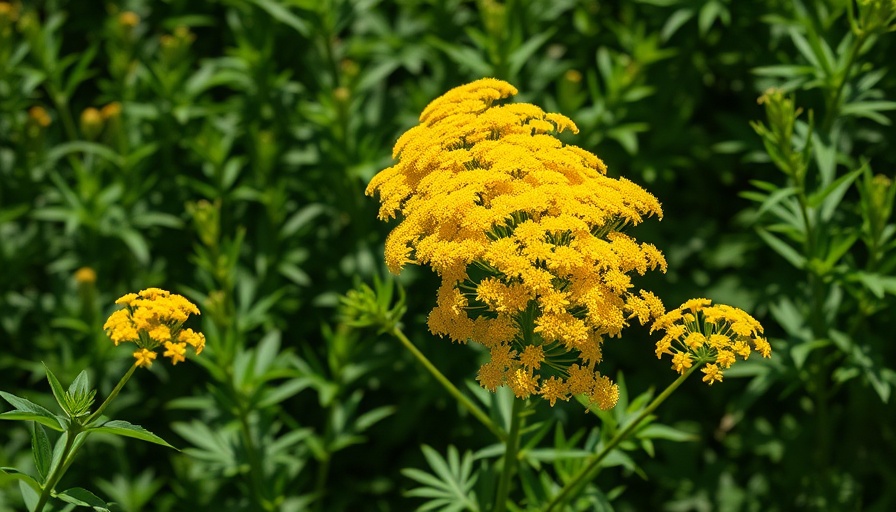
Why Choose Goldenrods for Your Garden?
Goldenrods, with their striking blooms and hardworking role in ecology, are perfect additions to any landscape. Apart from their beauty, these late-season wildflowers provide a vital food source for birds and pollinators, making them an essential part of sustainable gardening practices. With over 120 species available, goldenrods can adapt to a variety of growing conditions, ensuring gardeners can find the ideal match for their specific climate and soil type.
Exploring Different Types of Goldenrods
In this article, we’ll delve into nine notable species of goldenrods, analyzing their environmental needs and characteristics, such as sun exposure, soil moisture, growth habits, and hardiness zones. This detailed breakdown will allow you to make informed decisions about which types to incorporate into your garden.
1. Blue-Stemmed Goldenrod
Native to eastern North America, Blue-Stemmed Goldenrod (Solidago caesia) offers delicate, arching sprays of sulfur-yellow flowers that bloom from late summer through fall. Known for its adaptability, this species thrives in various environments, including clearings and woodlands. With its striking blue-tinged stems and well-behaved clumping growth habit, it’s an excellent option for more compact garden designs, especially in USDA Hardiness Zones 4 to 9.
2. Canada Goldenrod
Canada Goldenrod is one of the most prevalent species across North America. With its tall stature and vibrant yellow flowers, it’s a magnificent choice to attract both pollinators and birdlife. This species blooms late summer into fall, providing ongoing sustenance for wildlife during transitional seasons. Understanding its water and soil needs can ensure it flourishes in your garden.
Practical Tips for Goldenrod Cultivation
When incorporating goldenrods into your garden, consider their specific soil preferences and sunlight requirements. For healthy growth, aim for well-drained soil with adequate moisture. Grouping species with similar conditions can create stunning visual displays while simplifying maintenance. Additionally, opting for organic gardening practices, like composting and natural pest control, can enhance the health of these plants and the surrounding ecosystem.
Pollinator Support Through Responsible Gardening
Gardening with goldenrods also feeds back into supporting local ecosystems. Goldenrods are crucial for attracting beneficial insects such as bees, butterflies, and other pollinators. Hosting these vibrant species not only brightens your garden but also encourages biodiversity, a vital aspect of resilient urban gardening practices. The more diverse your flower garden, the better chance you have of keeping the balance in your landscape.
Conclusion: Embrace the Beauty of Goldenrods
The beauty and utility of goldenrods go beyond aesthetics—they are remarkable allies in cultivating a healthier and more diverse landscape. By selecting the right species for your garden’s specific conditions, you can foster both visual appeal and ecological balance. Take the plunge into goldenrod gardening, and experience firsthand how these stunning plants can enliven your outdoor space!
 Add Row
Add Row  Add
Add 




Write A Comment